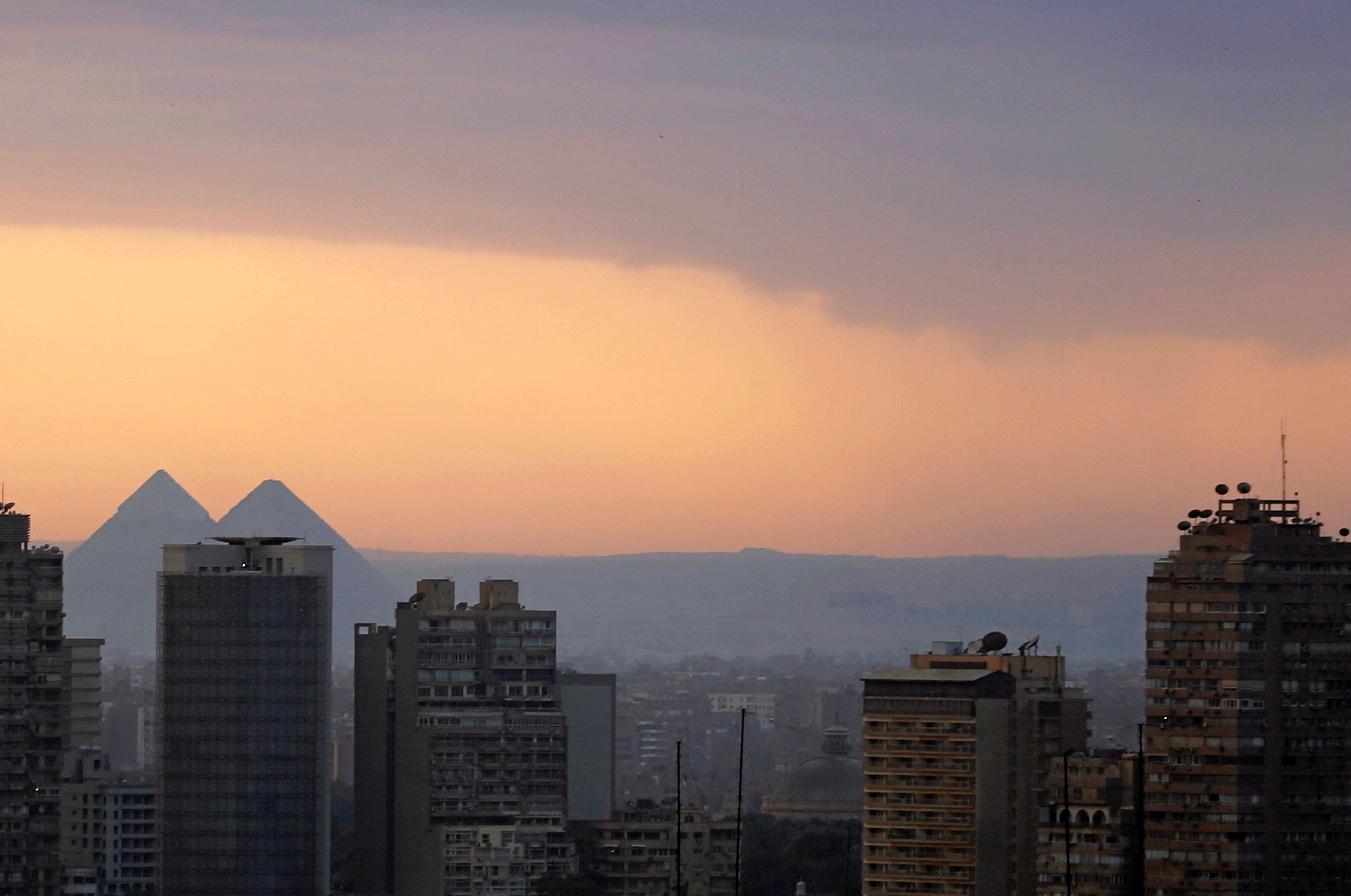'Netizens' and cartoons - Journalist Fellows delve into Egypt's difficult media environment

Papers by Reuters Institute Journalist Fellows look at two very different aspects of the news media in Egypt. One looks at how citizens adopted the role of online journalists in the Sinai, where traditional reporting has been made impossible, in order to report on what was happening in the region while the other explores how Egyptian cartoonists depicted the decision by President Trump to recognise Jerusalem as Israel’s capital.
Dahlia Kholaif’s research, ‘Social vs Traditional Media: The Tale of Egypt’s Sinai’ focuses on how the political and security situation in northern Sinai - where a protracted conflict rages between the government and militants - has affected people’s ability to receive news and information and how some have decided to take this reporting responsibility into their own hands. The re-introduction of military rule in 2013 brought with it a severe crackdown on the media with many journalists being imprisoned and hundreds of news outlets being banned. Egypt now ranks 169th in Reporters Without Borders’ Press Freedom Index, a decline of two places since 2018. In this extremely challenging context for the population as a whole, but also for journalism, many individuals have taken on the role of reporters using social media to keep their fellow citizens updated.
Kholaif, a Journalist Fellow from last year spoke to several of these ‘netizens’ in order to understand the grave risks associated with their newfound roles, looking in particular at a case of extrajudicial killing. For many these citizen journalists, in effect, become the most reliable – or only – voice for understanding what is happening in the region, with the role of social media becoming ever more vital.
Looking to the Egyptian media’s response to events outside of the country, Journalist Fellow Nirvana El Saied researched into how cartoonists covered President Trump’s decision to relocate the US embassy to Jerusalem. In her paper ‘Satire and protest: the Middle East through Egyptian cartoons’ El Saied analysed cartoons in state-run newspapers to see what angle of the story they illustrate, who are the major actors being depicted, and what aspects of the subjects’ physical appearance and character are used to satirise their involvement. She found that American or Israeli figures – Trump, Netanyahu, soldiers, Uncle Sam and personifications such as the Statue of Liberty – are often drawn as thuggish and aggressive. Israeli figures are often depicted using anti-semitic tropes.
The ire of the cartoonists is not just reserved for external actors, El Saied found. Egyptian citizens are characterised as hypocritical – calling for mass boycotts while consuming American goods themselves. And while specific Egyptian politicians are not identified by the cartoons out of fear for the response this might provoke, officialdom is carefully drawn as overweight men wearing suits in contrast to the populace who appear poor and underweight. This sensitivity around who can and cannot be explicitly illustrated by Egyptian cartoonists serves as a reminder of the everyday pressures journalism faces in the country.




